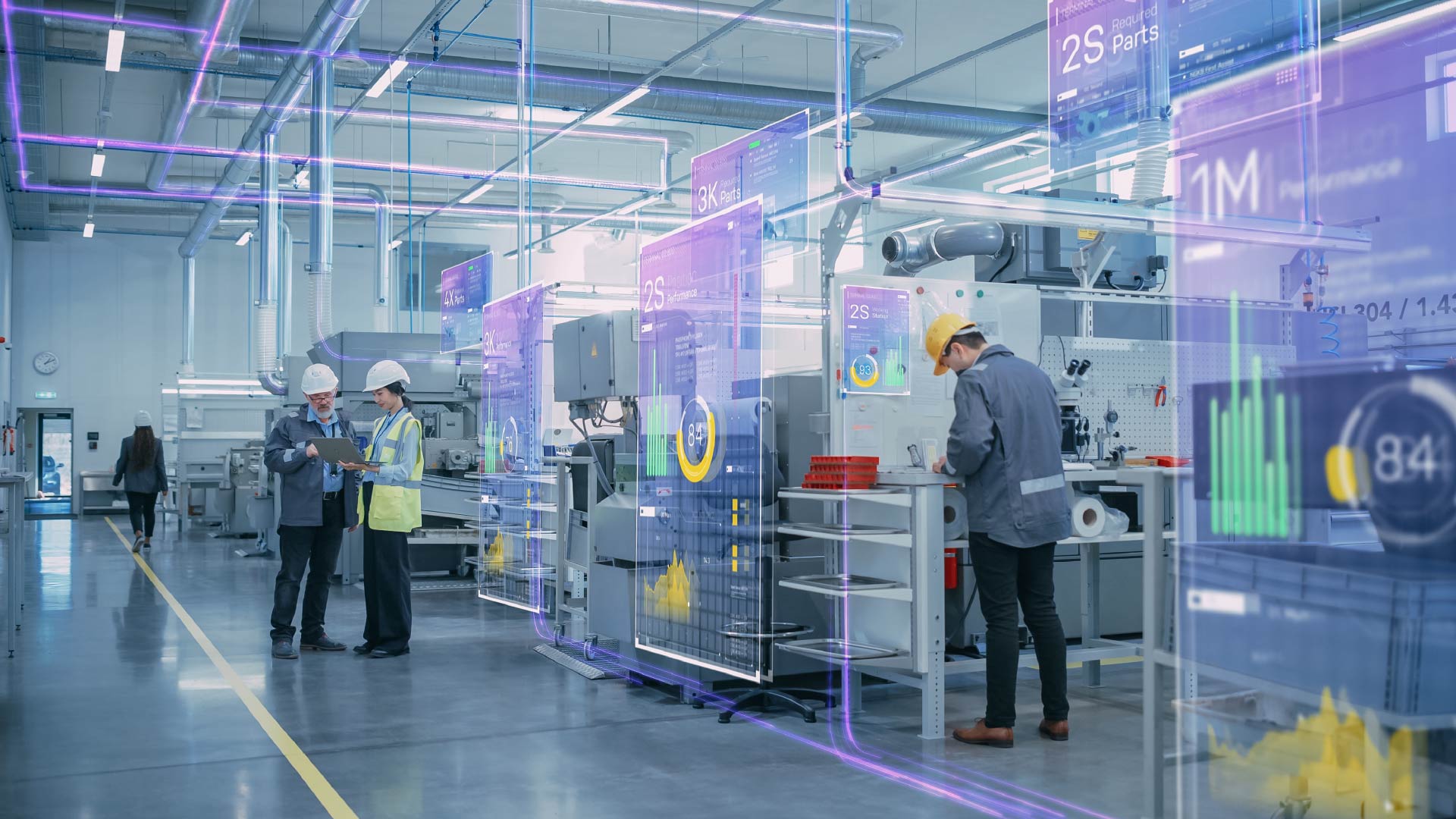Massive Funding Is Fuelling The Next Frontier In AI: Action-Oriented Models
In May 2024, Paris-based start-up The H Company – previously known as Holistic AI – raised an astonishing $220 million in a seed funding round. This extraordinary achievement is particularly notable for such a young firm. Similarly, Adept AI, a San Francisco-based AI start-up, secured $350 million in a Series B funding in March 2023, less than a year after being founded. Both firms are pioneering advancements in AI by focusing on action-oriented models. The H Company specializes in ‘agentic’ AI models that reason, plan and collaborate to complete tasks, pushing beyond mere information processing. Adept AI is developing an ‘AI teammate’ that understands natural language instructions and executes complex software workflows, enhancing the efficiency of knowledge workers.
Large language models (LLMs), such as those used in ChatGPT, are designed to understand and generate text based on vast data sets of textual information. They excel at providing suggestions, completing text, generating code snippets and identifying patterns in text data. For example, GitHub Copilot assists developers by suggesting code as they type. However, LLMs are confined to producing text-based outputs that require manual implementation by users. In contrast, large action models (LAMs) go beyond text generation: they are trained on data sets that include user actions and task-specific information, allowing them to execute complex workflows by interpreting human intentions and translating them into actions. An example of how a LAM can be used in an ERP system is that it observes a user manually performing tasks – such as data entry, order processing, inventory management and production scheduling – via recordings, screen captures and data logs. This enables the LAM to learn the typical workflow and decision-making processes, ultimately allowing it to perform these tasks autonomously.
Integrating action models into industrial software would signify a transformative leap in functionality and efficiency. These models can simplify intricate workflows, especially within legacy software such as ERP and EAM, drastically reducing onboarding time by automating set-up tasks. They also bridge gaps between disparate systems, enabling seamless cross-platform workflows.
The rise of action models marks a pivotal moment in AI technology, extending capabilities beyond the impressive feats of LLMs. While these action-oriented models are not yet fully commercialized, their potential to revolutionize industries is immense. As these technologies develop, businesses that embrace action models will lead the charge in innovation, efficiency and competitive advantage.
For more AI research, visit the Verdantix website.
About The Author

Henry Kirkman
Industry Analyst





